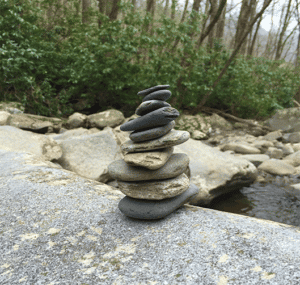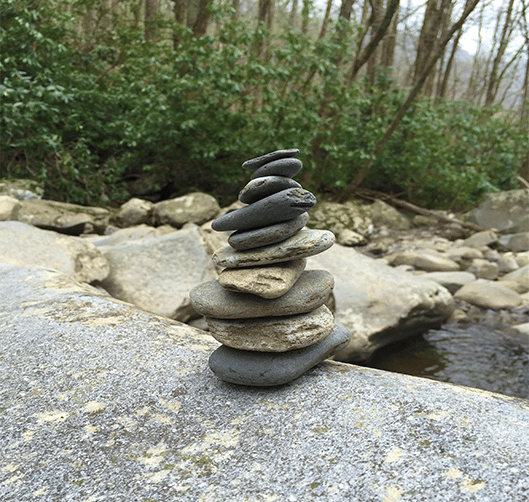According to Japanese legend, a gentleman named Sen no Rikyu set out to learn a set of customs known as the “Way of Tea”. He went to tea-master Takeeno Joo, who tested Rikyu by requesting he tend to the garden. Rikyu cleaned up debris and raked the ground until it was immaculate, scrutinizing every inch of the garden during his process. Before presenting his work to the master, he shook a cherry tree, causing a couple flowers to fall to the ground. This gave the work he had done another level of beauty in its imperfection and incompleteness.
 To this day, Rikyu is revered in Japanese culture as one who deeply understood the Japanese concept of Wabi-Sabi. There is no direct translation for those words in the English language and over time the meanings have changed; today Wabi-Sabi loosely translates to flawed beauty.
To this day, Rikyu is revered in Japanese culture as one who deeply understood the Japanese concept of Wabi-Sabi. There is no direct translation for those words in the English language and over time the meanings have changed; today Wabi-Sabi loosely translates to flawed beauty.
Richard Powell in his book, Wabi Sabi Simple explains the concept as “a way of life that appreciates and accepts complexity while at the same time values simplicity.” Just like the Kintsugi method of fixing a broken piece of pottery and admiring its new beauty, or like taking a very complex problem and breaking it down to its simple components so it is not as daunting. There is an elegancy in simplicity and imperfection.
Both examples require you to slow down, think and admire what is ahead of you, no matter what obstacles you may face or mistakes you make along the way. And who knows, maybe in that moment you will find enjoyment and clarity in the imperfections!!
“I always find beauty in things that are odd and imperfect- they are much more interesting.” – Marc Jacobs
Have a simple and elegant weekend.
Vijay
